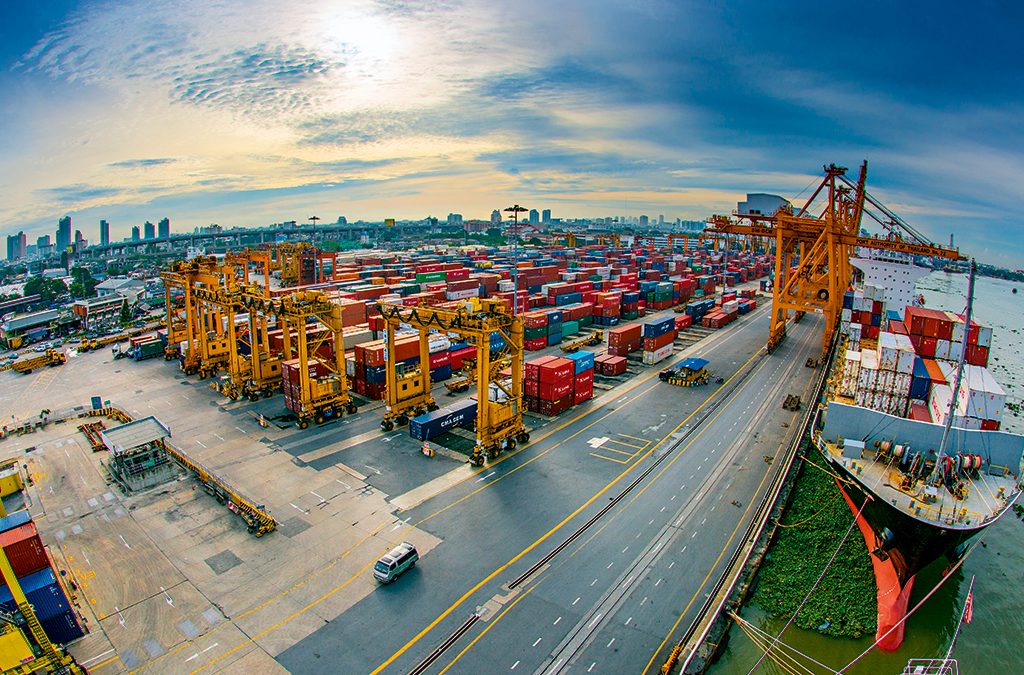As the UN Climate Ambition Summit scheduled for UN General Assembly’s High Level Week in September fast approaches, it has become clear that an important source of greenhouses gas (GHG) emissions – the international shipping sector – is moving in the wrong direction. Although the International Maritime Organisation (IMO) adopted an Initial Strategy on Greenhouse Gas (GHG) Emissions Reduction from Ships (in 2018), which set an absolute GHG reduction target of 50% to reach by 2050, GHG emissions from shipping continue to rise, both in absolute and in relative terms, and are close to reaching 3% of all man-generated GHG emissions. This calls for intensifying the IMO’s action in the field of GHG emissions reduction, both in terms of absolute emission reduction targets and of concrete policy measures. And from 3-7 July 2023, the IMO’s Marine Environment Protection Committee (MEPC) will meet in London to adopt a revised IMO climate strategy. In view of the London IMO MEPC meeting and the UN Climate Ambition Summit, the EU Delegation to the UN, together with Denmark, Palau and Samoa and with the participation of Special Adviser to the UNSG and ASG of the Climate Action Selwin Hart, hosted a 21 June meeting in New York to discuss climate and shipping, outlining the EU’s proposals for a new climate targets for the shipping sector. EU Head of Delegation to the UN Ambassador Olof Skoog introduced the EU proposals to UN Member States and other stakeholders ahead of the London meeting: For the EU and its Member States, it is logical that if the ultimate aim is a net-zero world in 2050, there is also a need a net-zero shipping sector by 2050, at the latest; the current IMO target of minus 50% until 2050 is clearly insufficient. The EU believes that international shipping needs to peak its emissions as soon as possible. Accordingly, minus 29% emissions until 2030, and minus 83% until 2040 would be good interim targets. To reach net zero by mid-century, the EU will propose a technical measure of a greenhouse gas fuel standard. This would mandate a gradual reduction in the GHG intensity of marine fuels used on ships. As an economic measure, the EU will propose a levy on the shipping sector’s greenhouse gas emissions. The amount of the levy would be proportionate to the amount of GHG emitted by the ship concerned. The EU is open to discuss the use of the revenues from the levy, including for countries vulnerable to climate change. The one decisive step now for July, however, is to achieve agreement on a net zero target for the shipping for 2050. This would show that the international community is serious about decarbonisation. Otherwise, the shipping industry will not have enough incentives to provide alternative shipping fuels, be they ammonia, methanol or green hydrogen, and to invest in ships which can use them. The targets, milestones and measures proposed by the EU would guarantee the achievement of a green transition for the sector, which is compatible with the Paris Agreement and the objective of limiting global temperature rise to less than 1.5°C, but at the same time would keep the costs for States and businesses as low as possible. Ambassador Skoog concluded by calling for an ambitious consensus in London on GHG emissions from shipping, which would represent a catalysing contribution to the UN Climate Ambition Summit in September.
Source: Hellinic Shipping News





